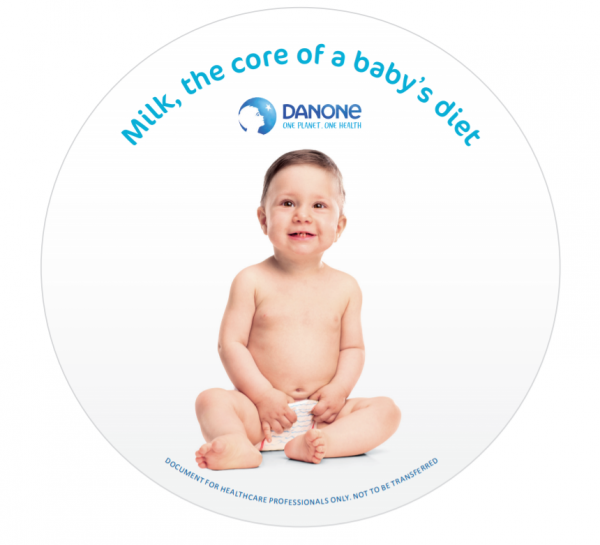Specific milk (breastmilk and / or infant formula) plays an essential role in the diet of young children. It is the only milk adapted to cover its nutritional needs up to 3 years1-5.
The WHO recommends exclusive breastfeeding for babies up to 6 months6. From 6 months, parents can gradually begin weaning, but milk remains the core of the child’s diet until he is 3 years old6. Only breast milk, and /or infant formula, can cover the specific nutritional needs of children up to 3 years. However, many parents often wonder about the quantity of milk to give to their child over the period of 6 months to 3 years, as well as the appropriate age to switch from specific milk to regular milk.
Discover our milk wheel, a playful tool to help you to show parents in a concrete way the amount of milk to give to the child according to his age. This tool will also allow you to easily explain why regular milk is not suitable for covering the nutritional needs of children before 3 years.

Infography : The milk wheel
References
- Fats and fatty acids in human nutrition FA0 2008
- Vitamin and mineral requirements in human nutrition, Second edition, World Health Organization and Food and Agriculture Organization of the United Nations, 2004
- AFSSA saisine N° 2006-SA-0359: AFSSA’s opinion relating to the updating of recommended fatty acids nutritional intakes, march 2010
- EFSA. Scientific opinion on dietary reference values for iron. EFSA Journal 2015;13: 4254.
- Apports nutritionnels Conseillés pour la population française 3è édition, 7è tirage, Ambroise Martin, Edition Tec & DOC, Lavoisier 2001
- OMS (avril 2002), Stratégie mondiale pour l’alimentation du nourrisson et du jeune enfant, document A55/15, paragraphe 10
BA20-464
